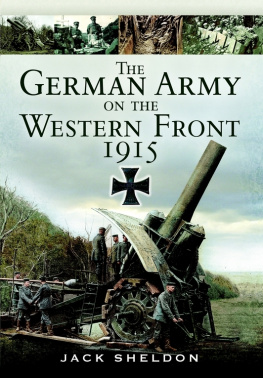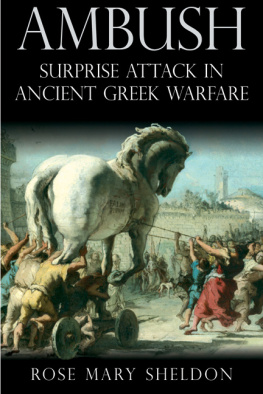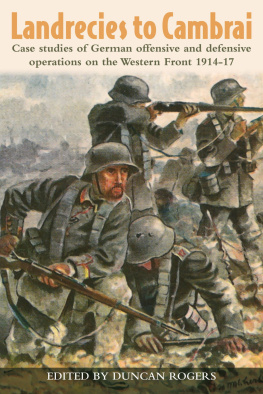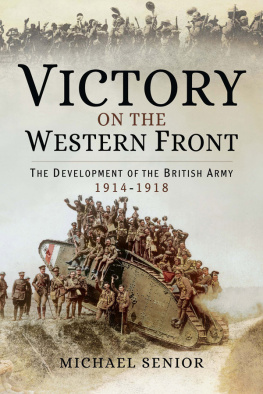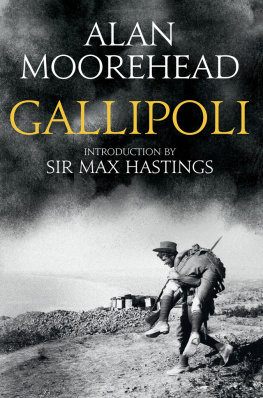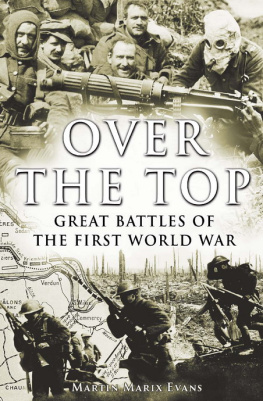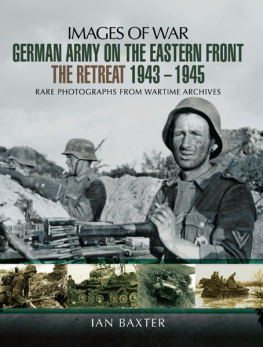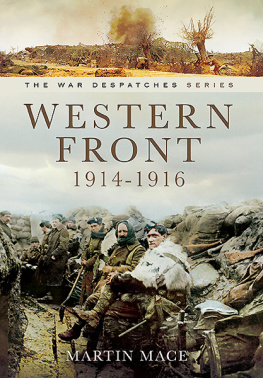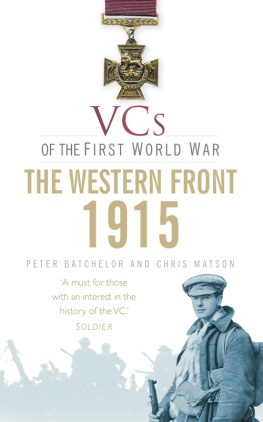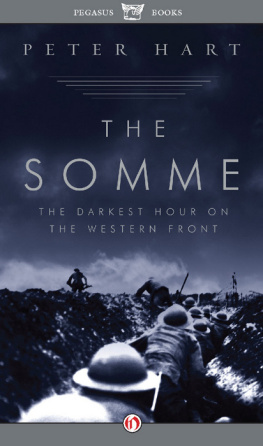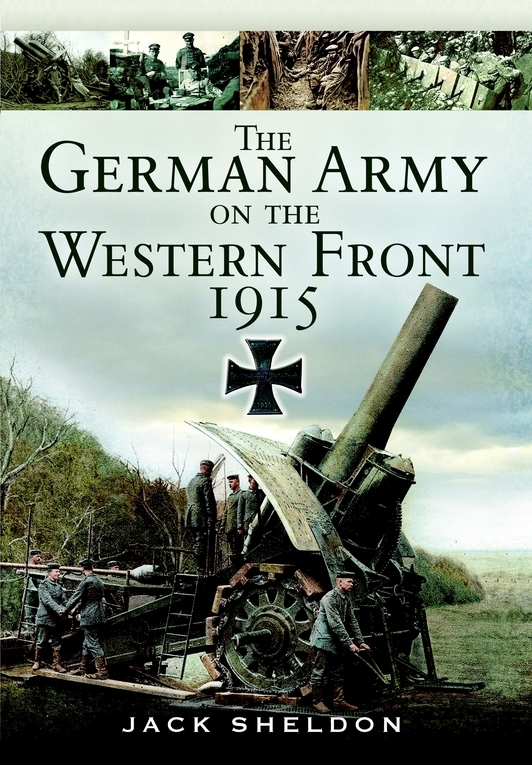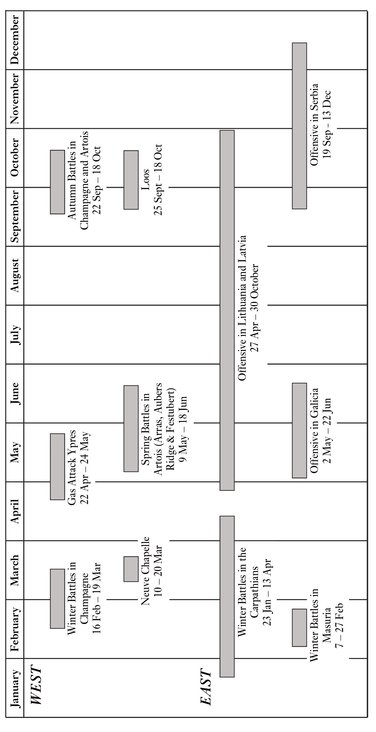The battles of 1915 involved a great many commanders and other personalities who may not be immediately familiar to the reader. Some of those who appear in the text are:
French
Barbot General Ernest Jacques (1855 1915) commander French 77th Division. Born in Toulouse, General Barbot was commissioned as thirty fourth from a class of seventy four in 1877. He spent most of his career serving with troops, commanding a battalion from 1898, being promoted colonel in 1912 and brigadier general in 1914. Appointed to command 77th Division, he led it with dash and lan, being mentioned in despatches on 2 October 1914. He died on 10 May 1915 of wounds received while advancing with the leading elements of his division near Souchez. General Barbot has always been regarded as an heroic figure in France. He was posthumously made Commander of the Lgion dhonneur and a school was named after him in Metz. In May 1937 more than 50,000 old comrades and admirers attended the unveiling of the statue to him in Souchez, which was erected very close to where he fell.
Cary General Fernand de Langle de (1849 1927), commander of the French Fourth Army. General de Langle de Cary joined the French army in 1869, just in time to participate in the Franco-Prussian War, when he was wounded while serving with the Chasseurs dAfrique. He was staff trained and was for a time a professor at the French military academy. Promoted to general rank in 1900, he was given command of a brigade in Algeria. He was appointed commander Fourth Army in 1914. He survived being heavily defeated in the Battle of the Frontiers, commanded the failed Champagne offensives, then replaced General de Castelnau as Commander Central Army Group. Scapegoated for the failure to foresee and prepare for the battle of Verdun the following year, he was removed from command and retired on the grounds of age.
Castelnau General Edouard Vicomte Curires de (1851 1944) was in overall command of the main attacking force in Champagne in autumn 1915. General de Castelnau was descended from an ancient noble family with a long tradition of military service. He passed out of St Cyr in 1869 and participated in the Franco-Prussian War as a member of the 31st Infantry Regiment. He became a brigadier general in 1906 and commanded successively 24 Brigade at Sedan and 7 Brigade at Soissons. He was made a major-general and commander of 13th Infantry Division in 1909 but, after only eighteen months at Chaumont and at Joffres insistence, he was posted to the latters staff, where he was heavily involved in the development of Plan XVII. After three years (1911 1914) as Joffres chief of staff, he was appointed Commander Second Army on the outbreak of war. Despite his forces being handled roughly in its opening stages, he was sent north to command the attempt to turn the German right flank during the so-called Race to the Sea, but responsibility passed to Foch when the fighting reached Amiens. From June 1915 he commanded the Central Army Group and directed the autumn offensive in Champagne. He was chief of staff once more under Joffre in 1916, but was temporarily retired when Joffre was replaced by Nivelle. When Foch in turn assumed command, de Castelnau was recalled and placed in charge of Army Group East in Lorraine. He ended the war loaded with honours from France and Allied countries, but the personal cost had been high; three of his sons had been killed in action. His Catholic religion and controversial political views brought him enemies and probably account for the fact that he never became a field marshal.

